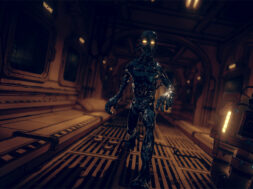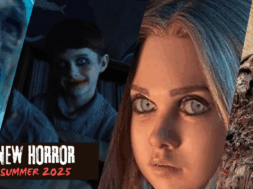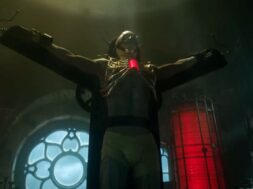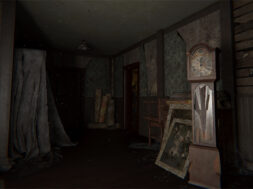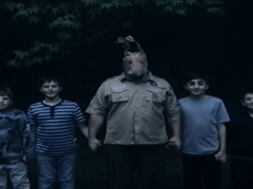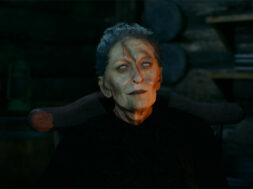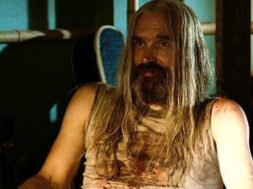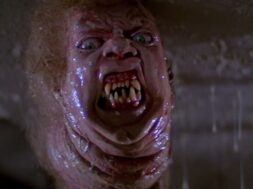Butcher Block is a weekly series celebrating horror’s most extreme films and the minds behind them. Dedicated to graphic gore and splatter, each week will explore the dark, the disturbed, and the depraved in horror, and the blood and guts involved. For the films that use special effects of gore as an art form, and the fans that revel in the carnage, this series is for you.
Herschell Gordon Lewis may be known as the Godfather of Gore, but it’s a title that he shares with one other; Italian gore master Lucio Fulci. With over 50 films in his filmography ranging from western to comedy, Fulci was most known for his horror. Of all his films, the most widely known and likely most accessible is The Beyond, also known as 7 Doors of Death, the second entry in his “Gates of Hell” trilogy and one of three Fulci films to grace the Video Nasties list. Whether it’s the goriest of Fulci’s films is highly debatable, but his trademark gore sequences are there and the plot is one of his more coherent (by Fulci standards, that is), making The Beyond a perfect entry point into his work.
That the plot often makes huge gaps in story and logic could easily be attributed to Fulci’s style of horror, more fevered dream than linear storytelling, but, came about from a rush job by producer Fabrizio De Angelis selling the film before a screenplay was even written. He enlisted Dardano Sacchetti to get a script ready to go, and then the high demand for zombies during the period meant zombies inserted to the climax in a film mostly devoid of them. With Fulci at the helm, though, his focus on atmosphere and his own brand of logic made it somehow work in the film’s favor.
Following Liza Merril, played by “Gates of Hell” mainstay actress Catriona MacColl, as she learns that the old hotel in Louisiana that she’s just inherited was built over one of the gates to hell. With a crew of hired help that meets grisly deaths thanks to the gate being opened, the only other ally in Liza’s quest to unravel just what’s going on is Dr. John McCabe (David Warbeck), perhaps the only other sane person in New Orleans.
Never mind that some of the grisly deaths don’t make much sense, like the housekeeper that pulls a giant hairball from the murky bathtub and still misses the giant zombie that’s revealed by the draining water. It’s the gore that soothes over the logic gaps. In a sort of reverse twist to the famous eye penetration scene in Zombi 2, the zombie picks up the housekeeper and shoves the back of her head into protruding nails in the wall, causing her eye to gouge out from the back.
There’s also a gruesome dog mauling, multiple acid-ravaged faces, another eye gouged out by hand, a bloodied flesh torn face vomiting bloody chunks, glass shards to a face, crucifixion, flesh-eating tarantulas and a ton of other gore sequences culminating in one breathtaking, explosive headshot of little pig-tailed Jill. Fulci had a tremendous eye for gore (pun intended), and his frequent cinematographer Sergio Salvati’s knack for framing the viscera in such an uncomfortably intimate level, but just as much credit should be given to special effects artist Germano Natali (Suspiria) and master make-up artist Giannetto De Rossi (Zombi 2, High Tension).
Fulci’s films were never about coherent narratives in the traditional sense, but a string of visual images by way of dream logic meant to elicit shock and awe. More of a statement on the passage of time, and the Catholic concept of purgatory, The Beyond delivers on the surreal. A nightmarish vision strung together by punctuated moments of visceral gore of epic proportions means that The Beyond isn’t necessarily a journey everyone will enjoy taking, but it is a true masterpiece. No one before or since delivers eye trauma as well as Fulci.

